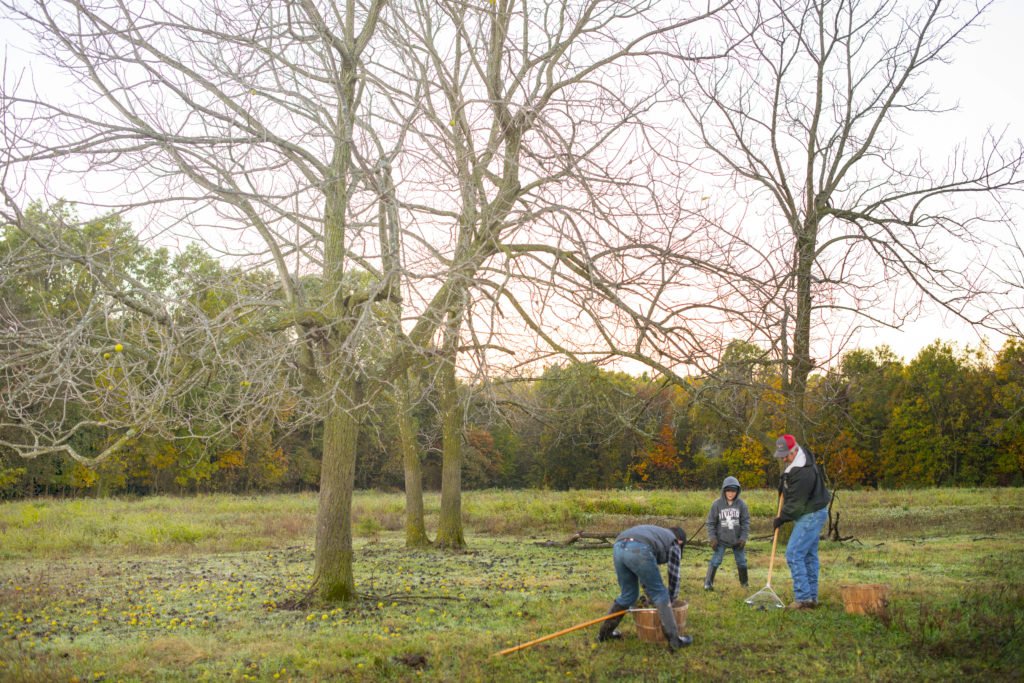Wild Foods:
Untamed Nutrition is Gaining Popularity
May 2022
True wild foods live at the intersection of sustainability, good health, and great taste. So, it’s no surprise they’re gaining popularity. In fact, more than one in four US adults follows some type of lifestyle associated with health and sustainability, representing nearly 50 million people. These Lifestyles of Health and Sustainability (LOHAS) consumers are a key driver for the growing interest in wild foods.
No standardized definition exists for a true “wild food”. But generally, they are recognized as edible fruits, nuts, plants, and animals harvested in a natural, uncultivated habitat using techniques that maintain or improve the natural resources of the area. Basically, wild foods live and grow without human assistance in fields, forests, lakes, streams, and even some urban environments.
Virtually all wild species are indigenous, and most have been food sources since the dawn of human history. Black Walnuts, for instance, are the only walnut native to North America. The Indigenous population collected, shelled, and ate the high protein nut meats long before European settlement. They also used the inky husks as skin and clothing dye.
Foraging is the most common way to harvest wild foods. The scale of these activities can range from individuals seeking out morels, greens, and wild berries, to larger more organized operations associated with collecting Black Walnuts, maple sap, wild blueberries and wild salmon. In all cases, the foods are minimally processed via shelling, chopping, drying, freezing, or concentrating without artificial ingredients or synthetic preservatives. Thus, wild foods retain all original nutrients and wonderful taste with nothing added or removed. And the environment is left intact to allow species to continue regeneration.
Wild foods generally are loaded with nutrients often absent from their cultivated counterparts. This is due to their growing in the wild, in natural soil conditions, and being genetically unaltered. According to The Academy of Culinary Nutrition, wild foods are usually:
Rich in antioxidants and phytochemicals, which serve as protective measures for the plant and for the people who consume them.
Rich in overall nutrients.
Great for biodiversity and the environment, as they play a natural role in their surrounding ecosystem.
Free from pesticides, herbicides and other chemicals used in conventionally farmed produce or meat.
Black walnuts are an excellent example of commercially successful and widely available wild food. Every fall, Black Walnuts are gleaned, or harvested, by people from every walk of life. Individuals, families, clubs, and schools in areas where Black Walnut trees abound, take to the outdoors to collect the nuts when they drop to the ground. These nuts are taken to seasonal regional hulling stations where the husks are removed and the nuts purchased.
Because Black Walnuts have extraordinarily hard shells, they’re much easier to enjoy after commercial processing. However, this doesn’t diminish the positive health benefits and bold rich taste of the wild nut. The nutritional composition of Black walnut shows that this edible nut is a rich source of bioactive compounds capable of promoting multiple health benefits. For example, Black walnuts contain high levels of polyunsaturated fatty acids (i.e. α-linolenic acid) and antioxidant compounds, as polyphenols and γ-tocopherol. These compounds have been associated with protection against multiple diseases, including cardiovascular health, certain cancers, diabetes, neurodegenerative conditions, and others disease states related to oxidative and inflammatory stress, according to research conducted by the University of Nebraska. In addition, Black walnuts contain dietary fiber, folate, phytosterols, arginine, melatonin, among health promoting attributes.
Other nutritious, commercially available wild foods include pure maple syrup, which is made from boiling sap from Maple trees, wild blueberries, harvested primarily in New England and the maritime provinces of Canada in their original locations, wild salmon, line caught in their natural habitat, and many varieties of dried mushrooms, berries, and authentic wild rice. Many restaurants today hire foragers to find fresh regional wild delicacies for their seasonal menus.
Please contact us for more insight and information on this important, heart-healthy superfood and why its popularity is growing.
The Hammons Black Walnut Family
Phone: 1-888-429-6887 or direct at 417-276-5181
Website: http://www.black-walnuts.com/


